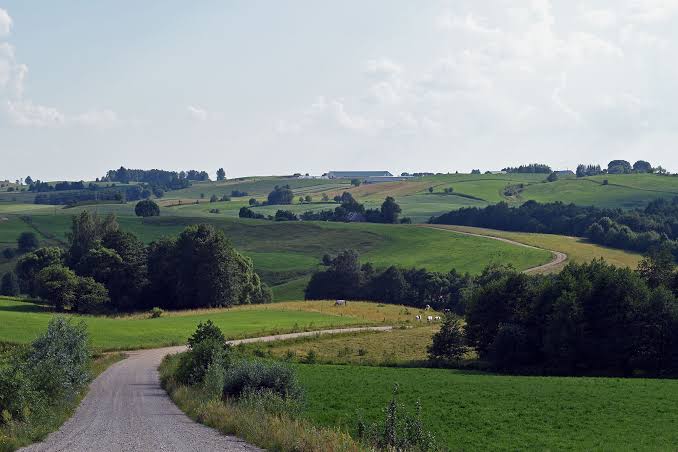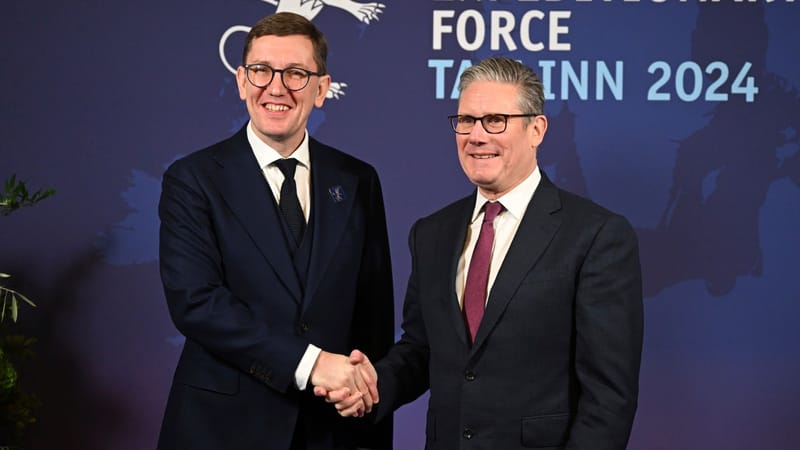The Suwalki Corridor: A Geopolitical Flashpoint Amid Rising Tensions in Eastern Europe
The geopolitical chessboard of Eastern Europe is heating up as tensions flare on the Poland-Belarus border. Over 100 Russian-linked mercenaries, associated with the Wagner group, have reportedly relocated to Belarus and are advancing towards the strategically significant Suwalki Gap. The Suwalki Gap: A Geopolitical Powder Keg Mateusz Morawiecki, the Polish

The geopolitical chessboard of Eastern Europe is heating up as tensions flare on the Poland-Belarus border. Over 100 Russian-linked mercenaries, associated with the Wagner group, have reportedly relocated to Belarus and are advancing towards the strategically significant Suwalki Gap.
The Suwalki Gap: A Geopolitical Powder Keg
Mateusz Morawiecki, the Polish Prime Minister, revealed on Saturday that the mercenaries have positioned themselves near the Suwalki Gap. This region of Polish territory is nestled between Belarus and Kaliningrad, a Russian exclave detached from the mainland. Although a mere 60 miles long, the corridor holds enormous strategic significance for NATO, the EU, Russia, and Belarus. It is the only terrestrial link connecting the Baltic states with the rest of the EU and adjoins the Russian territory of Kaliningrad.
The Wagner Group: A New Pawn on the Board
The presence of the Wagner group in Belarus is disconcerting due to the group's involvement in a short-lived insurrection earlier this summer. The group's allegiance to Russia further amplifies the risk. Thousands of Wagner troops are reportedly in Belarus following the failed military revolt in Russia. Their deployment near the Suwalki corridor could represent an escalation that rattles NATO and EU members.
The Migration Crisis: A Hybrid Warfare Tactic
The Poland-Belarus border has been a hotspot of tension for several years, escalating significantly with the influx of Middle Eastern and African immigrants aiming to enter the EU through Poland. The Polish government has expressed concerns about Russia and Belarus exploiting these migrants to destabilize Poland and other EU countries. The government has labeled this strategy as a form of hybrid warfare and responded by erecting a wall along part of its border with Belarus.
Prime Minister Morawiecki alleges that the mercenaries might pose as Belarusian border guards, aiding illegal immigrants in their crossing into Polish territory. “They will probably also try to infiltrate Poland pretending to be illegal immigrants, and this creates additional risks,” he said.
Uncertain Future: Threats and Risks Looming
The exact role of the Wagner troops in Grodno, a city in western Belarus close to the Suwalki Gap, remains unclear. Analysts initially feared that Russia, during its invasion of Ukraine, would target the Suwalki corridor to protect Kaliningrad, its westernmost territory and the only part enclosed by EU states. This worry resurfaces amidst the current situation.
These tensions highlight the increasingly complex geopolitical landscape of Eastern Europe. As Russia's influence seeps across the border and into Poland, the EU and NATO will need to navigate this high-stakes situation carefully. The question now is how Poland and the international community will respond to these rising threats and what the future holds for this geopolitical hotspot.




